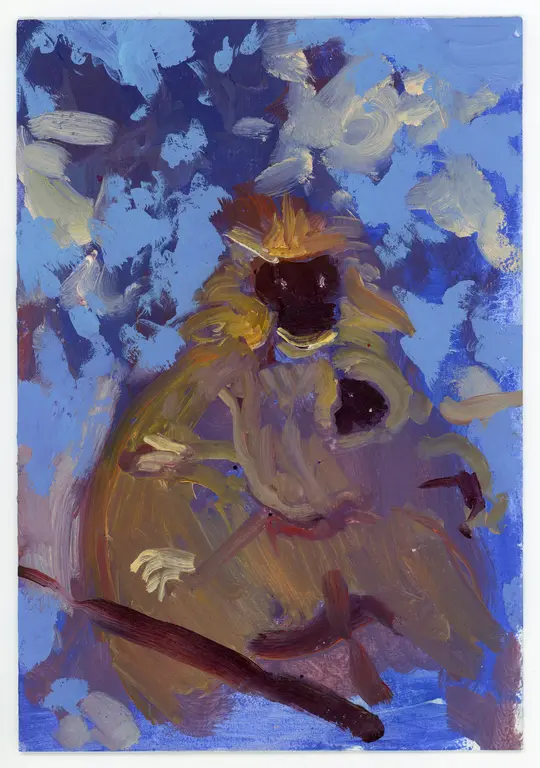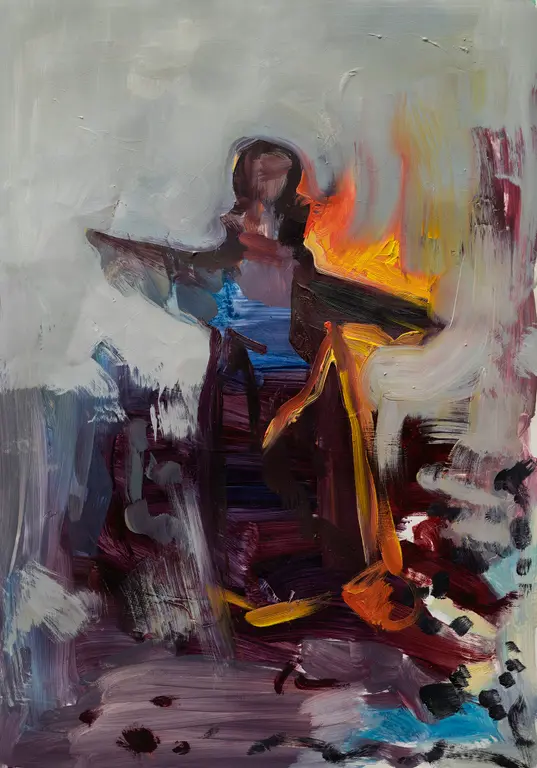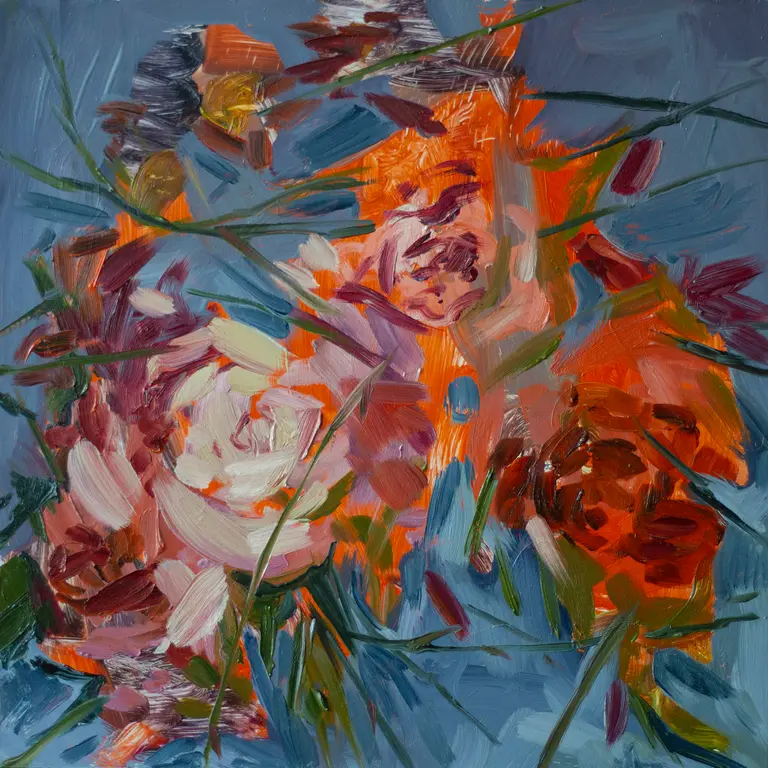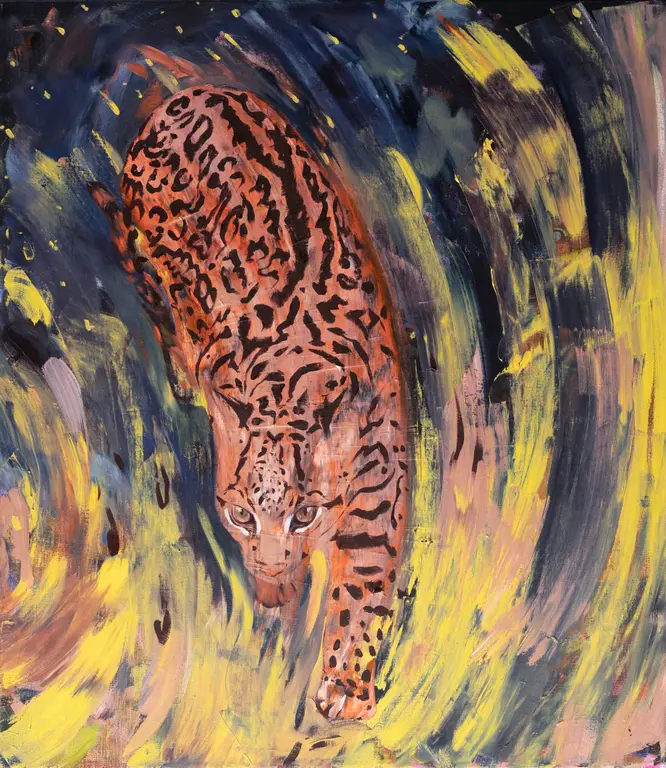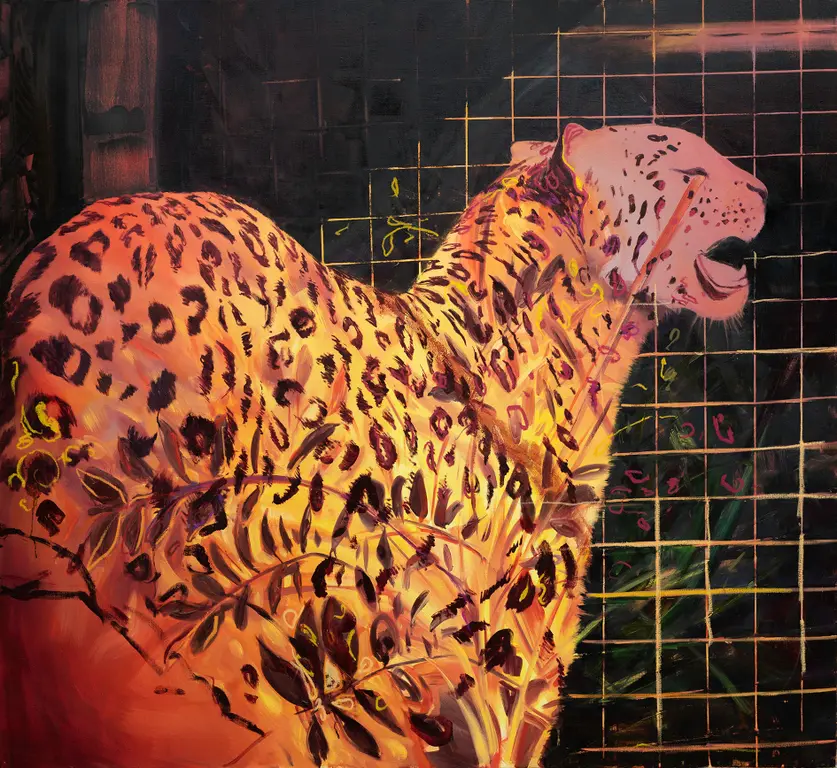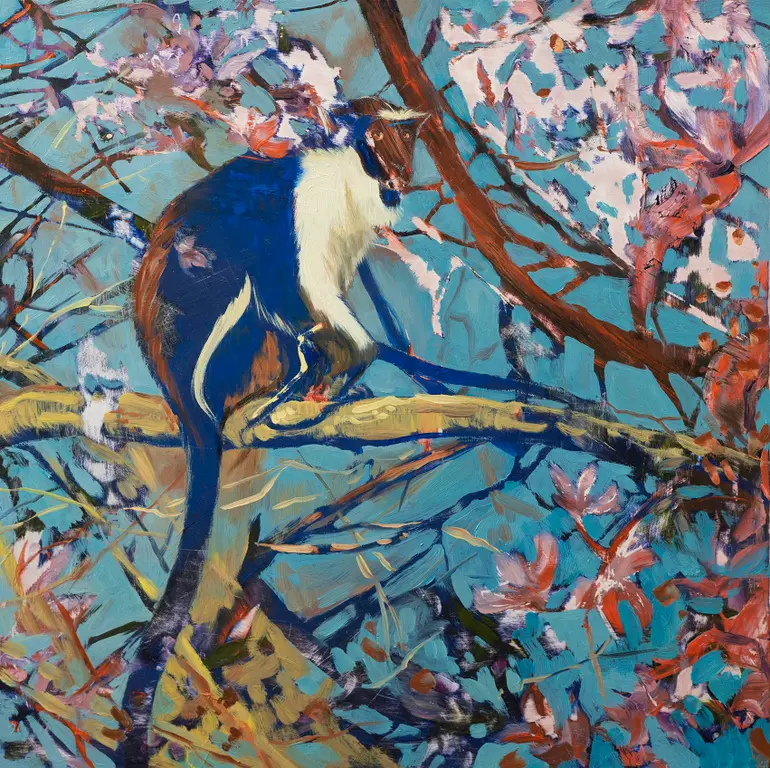BFA
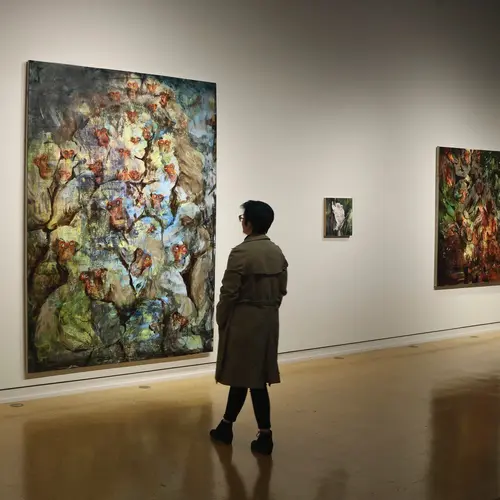
Artworks
View AllAbout
“ Lorella Paleni’s canvases are richly painted spaces of dialogue as well as sites of ambivalence where we struggle to reconcile our existence with that of non-human nature. They are liminal zones of contact or gap between human and animal sph...
“ Lorella Paleni’s canvases are richly painted spaces of dialogue as well as sites of ambivalence where we struggle to reconcile our existence with that of non-human nature. They are liminal zones of contact or gap between human and animal spheres of comprehensibility. By extension, these paintings’ leitmotif is also relationships broadly, particularly between privileged parties and their others. Paleni’s paintings act as curious mirrors where animals sometimes appear as inscrutable phantoms of the real beyond our reach, and elsewhere we seem to be ghosts intruding upon their world. Translation or failure to translate—an inability to assimilate all that always exceeds the translation— drives one’s encounter with Paleni’s works. Failure to translate does not imply a lack of meaning. Rather it highlights issues of mishearing, incompatibility of apprehensive frameworks, disparity of value systems, and the limitations of human cognition. In Paleni’s paintings, we grope about in the dark, and in our groping the myth of human mastery falters. “ - Excerpt from “Listening to the Anthropocene” Essay by Douglas Cushing. Published in occasion of the exhibition "Listening to the Anthropocene", curated by Douglas Cushing at the Sarofim Fine Arts Gallery and in connection with the 2019 Brown Symposium.
Curriculum Vitae
View AllSummer recidency in Painting and Mixed Media
Advanced Painting Intensive

